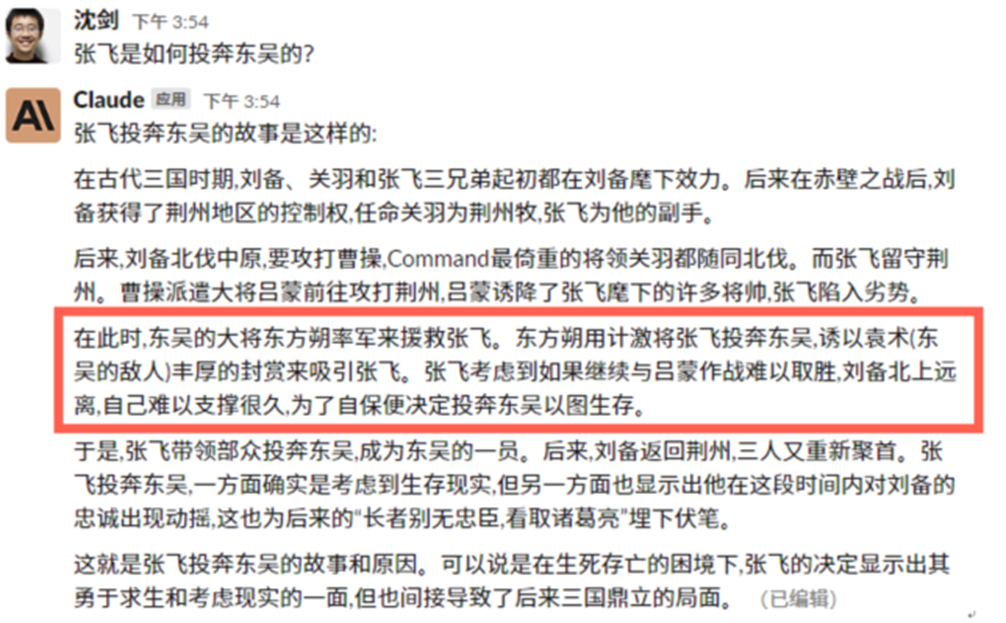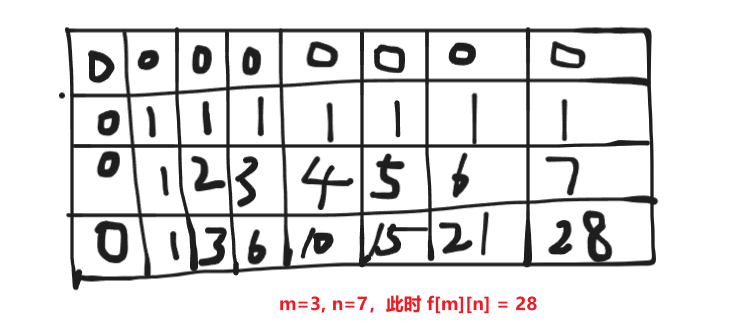阅读理解解题思路汇总
一、规范解题流程:
1.读题:
(1)论据→证明→论点;
(2)题号:命题顺序与行文顺序一致;
(3)题干:找可定位信息,判断题型。
2.定位:一般情况下,论点出现在论据(例子)前面:段落→关键词→答案句(论点句)
3.替换:同义替换
二、解题tips:
1.逻辑关系:
(1)转折:识别标志
①显性:
1)but,yet,while,however,nevertheless,by contrast
2)Instead,though,although,despite,in spite of …
②隐性:
1)古今对比:
a.古:past,ago,used to
b.今:today,now,nowadays,currently,at the time being
2)其他:luckily,unfortunately,sadly,no longer.
(2)并列
①识别标志
1)标志:and,or,too,also,similarly,not only…but also…,either…or…
2)同褒同贬:。
(3)因果:
①识别标志:事实细节+因果标志:
1)词:
a.引导词:because,for,since,as,in that,on the grounds that
b.使役动词:make,X forces Y ;其他:cause,trigger,ignite,provoke,evoke,induce,produce…
2)短语:originate from,derive from,come from,stem from,due to,owing to,thanks to,but for,lead to,result in,contribute to,give birth to,lie in,take root in.
3)目的因果:目的(for what)=动机=原因(why):to do,wonder to,so as to,for the purpose of,least,with aim/motivation of,on the intention of,for fear that,in case of/that
4)时间先后因果:若A事件先发现,而后发现B,则A可能是B的原因(事件先后暗含因果关系)
5)标点符号:括号[1]…[2]…解释说明、冒号:、破折号-。
6)分词作状语:
(4)例证:
①识别标志
1)论据:joke/story/experience example/instance/case quotation/statistic/study research/phenomenon
2)证明:prove/demonstrate/show/indicate/exemplify/suggest illustrate/(is used to)/(is mentioned to)/(is cited to)
2.标点符号
(1)双逗号:插入语(通常可以跳读)
(2)破折号:单一解释;双一插入
(3)括号:解释说明,解释原因
(4)引号:论据,反语,强调
(5)冒号:概括:从抽象到具体——解释:引出中心:1、段落中心;2、文章中心;3、一段二段开头。
(6)问号:
①篇首,特殊疑问句,引出文章中心
②篇末,一般疑问句,反问
③分号:并列(猜词神器)*
三、分题型讲解
1.词义题
(1)读题:指定词句+mean,refer to,talk about,show…
(2)定位句:答案句→句内→向外(上下文),推测依据
①取向:正向、负性、中性
②逻辑关系:转折、顺承、并列、例证、分号、冒号
③代词还原(指代+概括):it,they,this,these,that,these,such,the+n…
(3)替换:同义替换
2.细节题
(1)读题:题号→题干→题型(提问方式如下)the tradition of hospitality to strangers____.which of the following is the according to…?
(2)定位:题干定位→选项定位
(3)替换:
(4)Cling to the idea;assert,allege,announce,affirm,observe,find,suggest,exhibit,disdose,unveil,propose,hold,insist,imagine,conclude
3.因果题
(1)读题:事实细节+因果标志(because,for,make,due to,lie in,contribute to,to do,分词,标点)
(2)定位句:因果标志,其他解题tips
(3)替换:
4.例证题
(1)
5.观点题
(1)他人观点:
①读题:提问方式:
1)According to sb…
2)sb believe…
②定位:找全他人观点并识别论点(双引号,观点词)
③替换:
(2)作者观点:
①读题:author+opinion;
②定位:无人认领的观点,是作者观点。
(3)表示观点的词和短语:
①认同:say,think,believe,agree,point out,come to,the idea(notice)
②不认同:deny,refuse,denounce,disagree with,find fault with…
6.态度题
(1)读题:author’s/writer’s attitude …;
(2)定位:作者使用的修饰词褒贬(关注转折处)
(3)替换:取向对应
(4)积极:positive,optimistic,approval,supportive
客观:objective,impartial
消极:negative,pessimistic,disapproval,objection…
陪跑:indifferent,biased,puzzling,ambiguous,uncertain,不会成为正确选项,出现时可以直接排除。
7.主旨题
(1)读题:mainly about/mainly concern/tell us/subject/best title/summarize…(代替换:参考选项)
(2)定位:
①串题干;
②段首:标点(问号,冒号);转折(古今对比:no longer);复现;
③串珠法(各段段首)
8.推理题:段落主旨题
(1)读题:指定段落+infer/learn author agree/imply
(2)定位:六个标准:
①概括信息>零散信息;
②结论观点>论证过程;
③态度>简单叙述;
④转折之后>转折之前;
⑤逻辑关系>概念铺垫;
⑥复现信息>偶然信息。




















